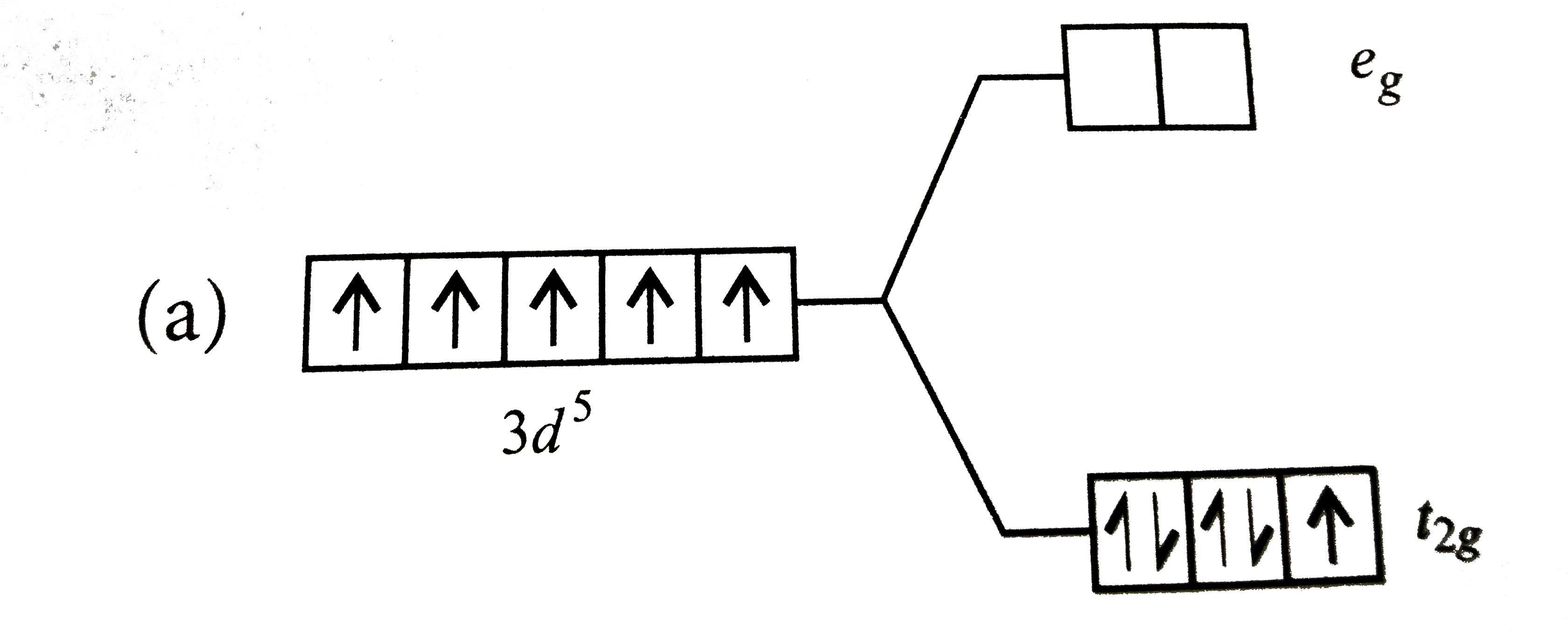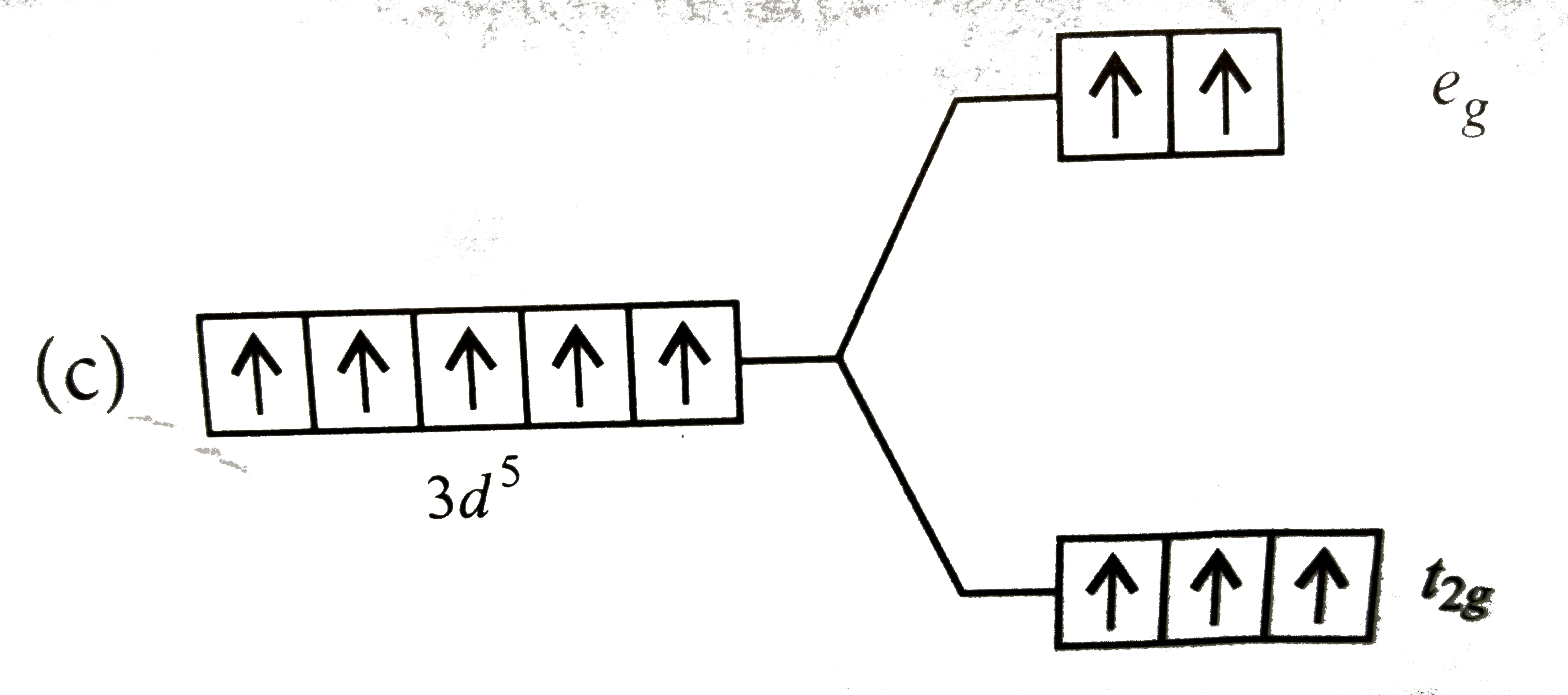What are the assumptions of Crystal Field theory.
Step-by-Step Solution:
1. Definition of Crystal Field Theory (CFT):
- Crystal Field Theory is a model that describes the electronic structure of transition metal complexes. It explains how the presence of ligands around a central metal ion affects the energy levels of the d-orbitals.
2. Assumption 1: Ligands as Point Charges or Dipoles:
- The first assumption of CFT is that ligands can be treated as point charges or point dipoles.
- Point Charges: Negatively charged ligands (e.g., Cl⁻, F⁻, CN⁻) are considered as point charges that exert an electrostatic field around the metal ion.
- Point Dipoles: Neutral ligands (e.g., NH₃, H₂O) are treated as point dipoles, which means they have a positive and a negative end but do not carry an overall charge.
3. Assumption 2: Ionic Bonding:
- The second assumption is that the bonding between the metal ion and the ligands is purely ionic in nature.
- This means that the interaction between the positively charged metal ion and the negatively charged ligands is based on electrostatic attraction, without any covalent character.
4. Conclusion:
- These assumptions help in understanding the arrangement of d-orbitals in the presence of ligands and the resulting electronic transitions that lead to the color and magnetic properties of coordination compounds.
- Crystal Field Theory is a model that describes the electronic structure of transition metal complexes. It explains how the presence of ligands around a central metal ion affects the energy levels of the d-orbitals.
- The first assumption of CFT is that ligands can be treated as point charges or point dipoles.
- Point Charges: Negatively charged ligands (e.g., Cl⁻, F⁻, CN⁻) are considered as point charges that exert an electrostatic field around the metal ion.
- Point Dipoles: Neutral ligands (e.g., NH₃, H₂O) are treated as point dipoles, which means they have a positive and a negative end but do not carry an overall charge.
- The second assumption is that the bonding between the metal ion and the ligands is purely ionic in nature.
- This means that the interaction between the positively charged metal ion and the negatively charged ligands is based on electrostatic attraction, without any covalent character.
- These assumptions help in understanding the arrangement of d-orbitals in the presence of ligands and the resulting electronic transitions that lead to the color and magnetic properties of coordination compounds.
Topper's Solved these Questions
- COORDINATION COMPOUNDSBOOK - CBSE COMPLEMENTARY MATERIALCHAPTER - COORDINATION COMPOUNDSEXERCISE - SHORT ANSWER-II TYPE QUESTIONS
8 Videos
- COORDINATION COMPOUNDSBOOK - CBSE COMPLEMENTARY MATERIALCHAPTER - COORDINATION COMPOUNDSEXERCISE - LONG ANSWER TYPE QUESTIONS
3 Videos
- COORDINATION COMPOUNDSBOOK - CBSE COMPLEMENTARY MATERIALCHAPTER - COORDINATION COMPOUNDSEXERCISE - VERY SHORT ANSWER TYPE QUESTIONS
11 Videos
- CHEMISTRY IN EVERYDAY LIFEBOOK - CBSE COMPLEMENTARY MATERIALCHAPTER - CHEMISTRY IN EVERYDAY LIFEEXERCISE - LONG ANSWER TYPE QUESTIONS
2 Videos
- ELECTROCHEMISTRY BOOK - CBSE COMPLEMENTARY MATERIALCHAPTER - ELECTROCHEMISTRY EXERCISE - LONG ANSWER TYPE QUESTIONS (5 Marks)
7 Videos
Similar Questions
Knowledge Check
Which of the following energy level diagram for [FeF6]3− is correct on the basis of crystal field theory ?
A B
B C
C D
D
Electronic configuration of [Cu(NH3)6]2+ on the basis of crystal field splitting theory is
At42ge5gBt62ge3gCt92ge0gDt52e4g
State the assumptions of the kinetic theory of gases.
View SolutionDefine crystal field splitting energy. On the basis of crystal field theory, write the electronic configuration for d4 ion if Δ0<P.
View SolutionDefine crystal field splitting energy. On the basis of crystal field theory, write the electronic configuration for d4 ion if Δ0<P.
View SolutionExplain the violet colour of the complex [Ti(H2O)6]3+ on the basis of crystal field theory.
View SolutionWhat is meant by crystal field splitting energy ? On the basis of crystal field theory, write the electronic configuration of d4 in terms of t2g and eg in an octahedral field when
Δ0>P
View SolutionWhat is meant by crystal field splitting energy ? On the basis of crystal field theory, write the electronic configuration of d4 in terms of t2g and eg in an octahedral field when
Δ0<P
View Solution
